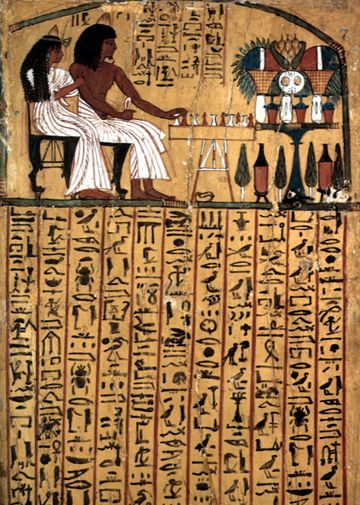
Ben Hur Plug Up Blog - I belief that if one wants change one have to fight for it and cannot be a bystander .If you have articles, information, thoughts you want to share just send it to me at benhurplugup@gmail.com . Please keep your articles brief, not more than 1000 words or just use bullet points. If you have pictures to go with the articles, that is even better. Towards an excellent Malaysia.
Subscribe to:
Post Comments (Atom)
Traitors in the midst of Pakatan Harapan and mostly in DAP
Traitors in Pakatan Harapan , yes many are and do not realize they will be the ones because they are already been compromised during to the...
Popular Post
-
Asian Woman Dies After Shoving An Eel Up Her Golden Gates!! Oh my God! I don’t know whether I want to cringe or be sad for her but...
-
CAUGHT ON VIDEO: WOMAN’S LAST MOMENTS BEFORE FATAL CAR CRASH A SHOCKING livestream video that has gone viral purportedly captures the l...
-
Updated with photo of Tun in Malay costume. Cannot find one with matching one when Tun Siti Hasmah was wearing sari. I guess in these ti...
-
NEWS25 Years-Old Naked Singaporean Lady Gets Injured While Photocopying Her Boobs! ByXiao MintxPosted on May 29, 2017 27th of May, a...
-
Sure, not every woman is walking around with an itchy vagina, but many are. And the reasons why can range from benign (your choice of undie...
-
【WARNING!】Ladies Are Not Allowed To Show Off Their Breasts In Thailand During Songkran Water Festival! Songkran Water Festival is ...
-
'Perspective is a b**** Defiant Kim Kardashian vows to work on 'better lighting and angles' as she slams the haters in foul-mout...
-
Wall Street Breakfast: Investors Assess Geopolitical Risk Read more here Global markets are waiting to take their cues from the U.S. ...
-
Sujatha Call for independent inquiry on Actress Sujatha’s Death Wednesday, August 01, 2007 Manikavasam of Justice party (Parti Kea...
-
The new record holder of the world’s largest penis goes to a 26-year-old Singaporean man who requested to be identified only as Daniel to pr...



















No comments:
Post a Comment